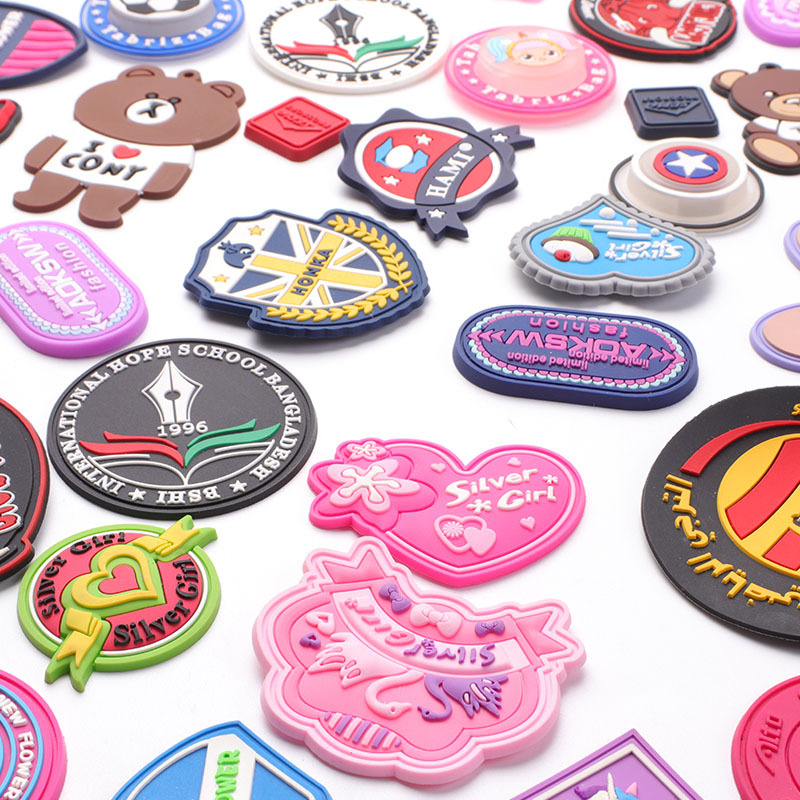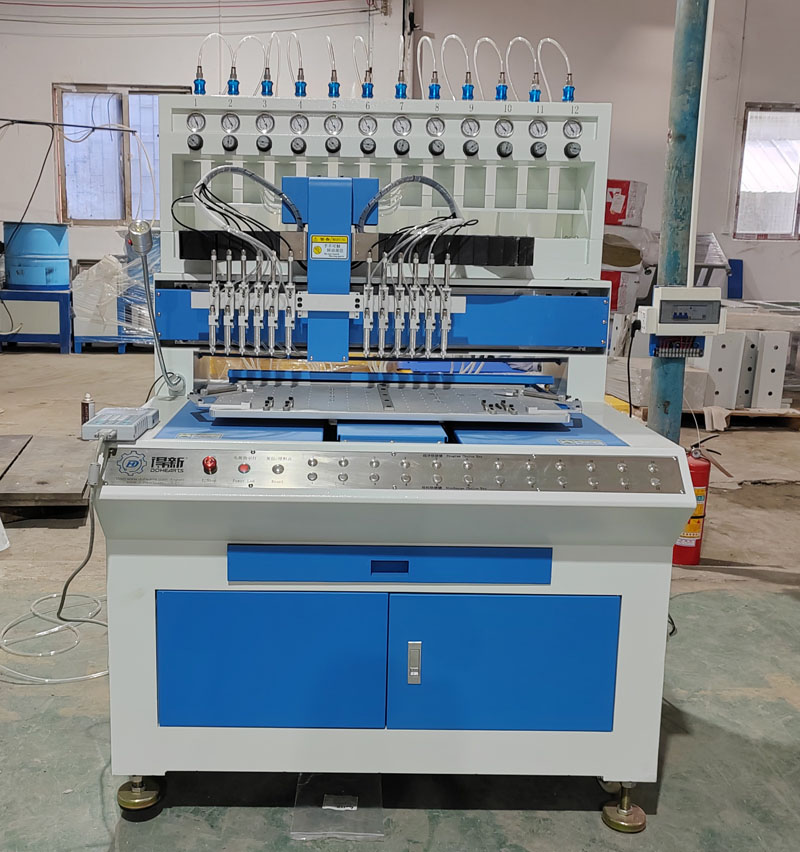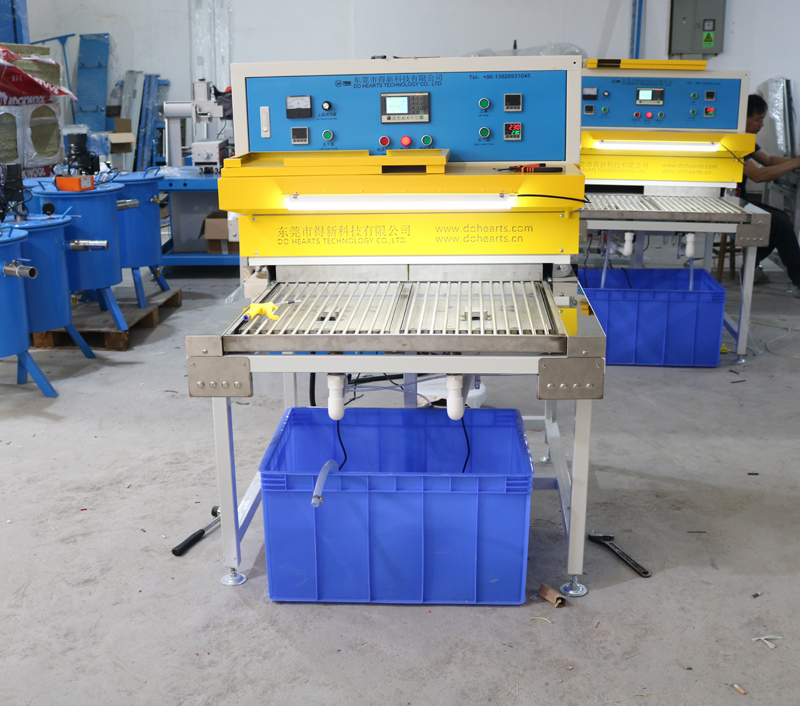Soft PVC rubber patches have become increasingly popular in various industries due to their versatility, durability, and visually appealing nature. These patches can be used for branding purposes, as decorative elements, or even as functional components. While the process of making soft PVC rubber patches may seem complex, it can be simplified by utilizing dispensing and baking machines. In this article, we will explore the step-by-step process of creating these patches, ensuring high-quality results every time.
Step 1: Design and Mold Creation
Before diving into the production process, it is essential to have a well-designed patch and a corresponding mold. The design can be created using graphic design software or by outsourcing the task to a professional designer. Once the design is finalized, a mold needs to be created to replicate the desired shape and details of the patch. This can be done using CNC machining or 3D printing technologies. The mold should be made from a durable material, such as aluminum or steel, to ensure longevity and accuracy.
Step 2: Preparing the Dispensing Machine
The dispensing machine plays a crucial role in creating soft PVC rubber patches. It is responsible for accurately dispensing the liquid PVC material into the mold. To prepare the machine, start by ensuring that it is clean and free from any residual material. Next, adjust the settings according to the desired patch size, shape, and thickness. This includes setting the temperature, pressure, and speed of the dispensing process. It is vital to follow the manufacturer’s instructions and guidelines to achieve optimal results.
Step 3: Mixing and Loading the PVC Material
The PVC material used for creating soft rubber patches is typically supplied in the form of two components: base and curing agent. These components need to be mixed in the correct ratio to ensure proper curing and flexibility of the final product. Follow the manufacturer’s instructions for mixing the PVC material thoroughly. Once mixed, load the material into the dispensing machine’s reservoir, ensuring that it is free from air bubbles or impurities.
Step 4: Dispensing the PVC Material
With the dispensing machine prepared and the PVC material loaded, it is time to start the dispensing process. Position the mold securely in the machine, ensuring proper alignment. Activate the machine, and the PVC material will be accurately dispensed into the mold, filling all the desired areas and details. The machine’s settings should be adjusted to control the flow rate and thickness of the dispensed material. It is crucial to maintain consistent pressure and speed throughout the process to achieve uniform results.
Step 5: Curing and Baking
After the PVC material has been dispensed into the mold, it needs to undergo a curing and baking process. This process solidifies the material, giving it the desired flexibility and durability. Transfer the filled mold to a baking machine, which will provide the necessary heat and time for proper curing. The baking machine should be set to the appropriate temperature and duration, as specified by the PVC material manufacturer. Once the curing process is complete, remove the mold from the baking machine and allow it to cool down.
Step 6: Demolding and Finishing
Once the PVC rubber patch has cooled down, it is ready to be demolded. Carefully remove the patch from the mold, ensuring that all the intricate details are preserved. Any excess material or imperfections can be trimmed or sanded to achieve a smooth and polished finish. Depending on the desired outcome, additional processes such as color filling or attaching backing materials can be performed.
Making soft PVC rubber patches using dispensing and baking machines offers a streamlined and efficient production process. By following the step-by-step guide outlined above, you can produce high-quality patches that meet your specific requirements. Remember to adhere to the manufacturer’s instructions and guidelines for both the machines and the PVC material to ensure optimal results. With practice and attention to detail, you can master the art of making soft PVC rubber patches and unlock their vast potential in various industries.
Post time: Jul-10-2023



